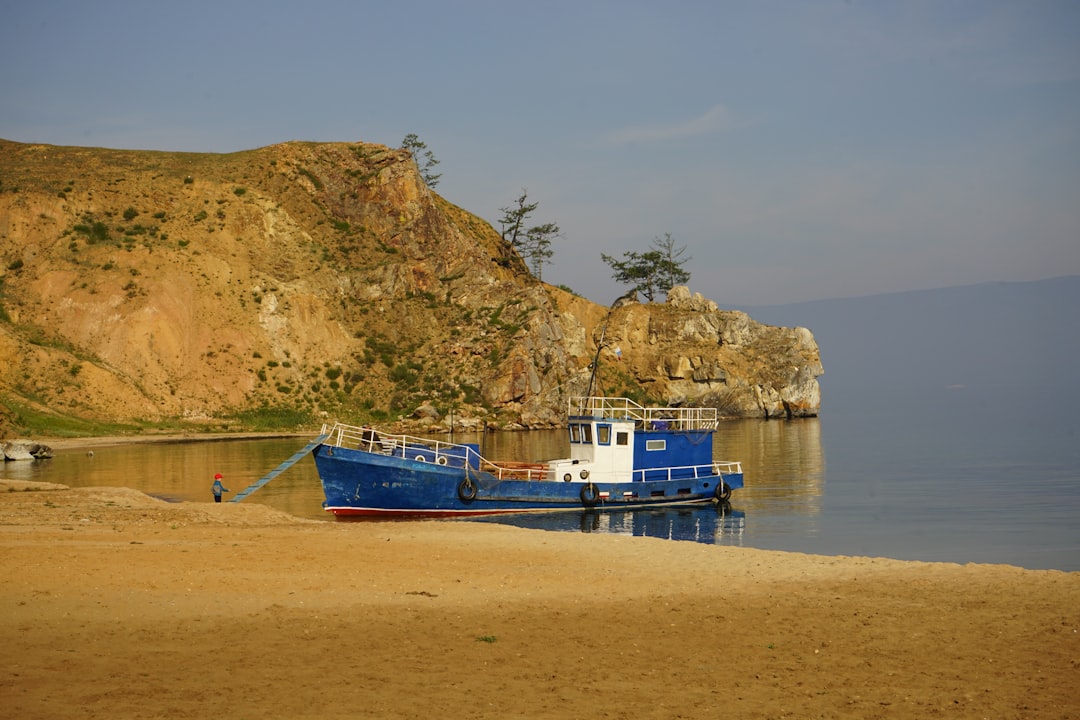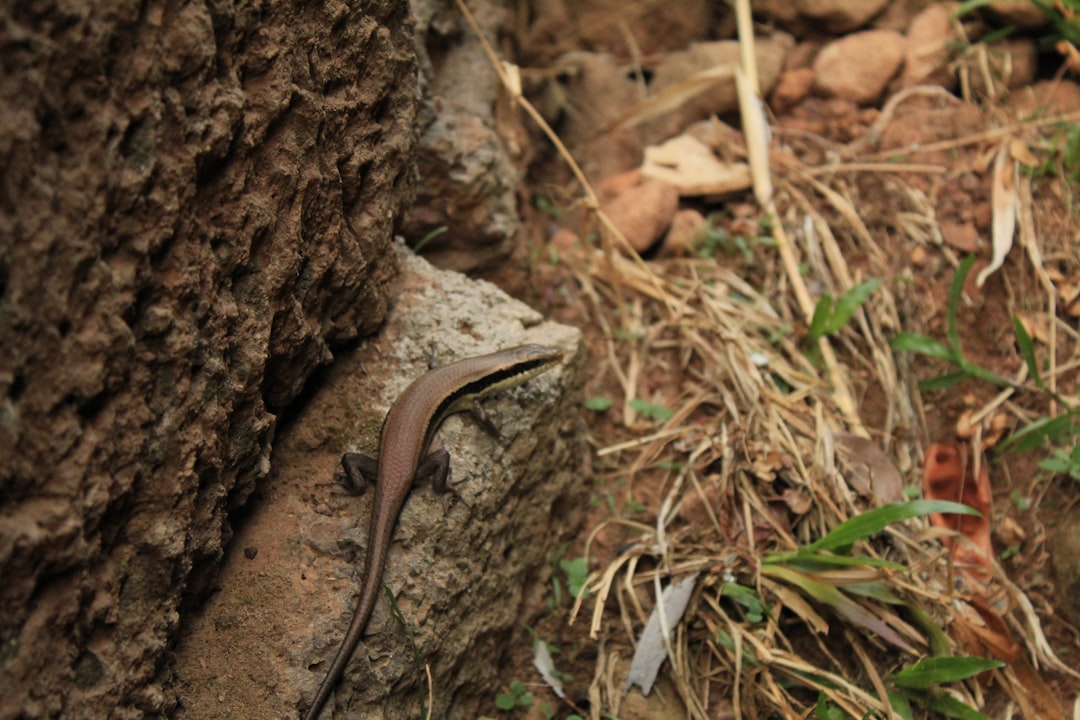What is it about?
This study characterizes the distributions and isotopic compositions of leaf waxes from dominant plants in the vegetation cover, soil, and surface sediment of Lake Peixão in Serra da Estrela, Portugal. The study found that the modern subalpine vegetation in the area is dominated by C3 grasses/herbs and shrubs that produce long-chain leaf waxes (≥C27). The C31 n-alkane was found to have the overall highest concentration and was produced by some grasses and shrubs, but especially by a plant called Erica sp (heather), which was highlighted as a major source for the total n-alkane pool in the lake sediments. The study also found that C29 is the second-most abundant and the most equally produced n-alkane of the vegetation cover, while C25 and C27 homologs are mainly associated with aquatic-related grasses/herbs, and C33 and C35 are particularly linked to cold-drought tolerant Juniperus sp. shrubs. Shrubs were found to have higher but proportional values than grasses/herbs in the isotopic space, suggesting a directly proportional physiological adaptation of the two ecological forms to the prevailing climatic and environmental factors of the study area. The study suggests that C29 is the most representative leaf wax n-alkane in the lake sediments and that the δD of C29 n-alkane can be used as a robust terrestrial hydrological indicator believed to be strongly influenced by the mean air temperature and/or precipitation amount. The study has the potential to support future interpretations of leaf wax biomarkers in the Iberian Peninsula.
Featured Image

Photo by Marek Levák on Unsplash
Why is it important?
The study helps us better understand modern leaf wax biomarkers and that information may provide insights into changes in the past by analyzing the organic geochemistry of the sedimentary archives in Western Ibera. Leaf waxes are like fingerprints for plants, and by studying them, we can learn about the types of plants that were present in the study area, as well as how the climate and environment have changed over time.
Perspectives
Our study in this highly valuable alpine ecosystem provided some insights about the leaf wax biomarkers of the western Iberia region that we can hope may help paleo studies infer past vegetation dynamics and climate changes.
Ricardo N. Santos
Universitat Basel
Read the Original
This page is a summary of: Leaf wax biomarkers of a high-mountain lake area in western iberia—Implications for environmental reconstructions, Frontiers in Environmental Science, November 2022, Frontiers,
DOI: 10.3389/fenvs.2022.994377.
You can read the full text:
Resources
Contributors
The following have contributed to this page










